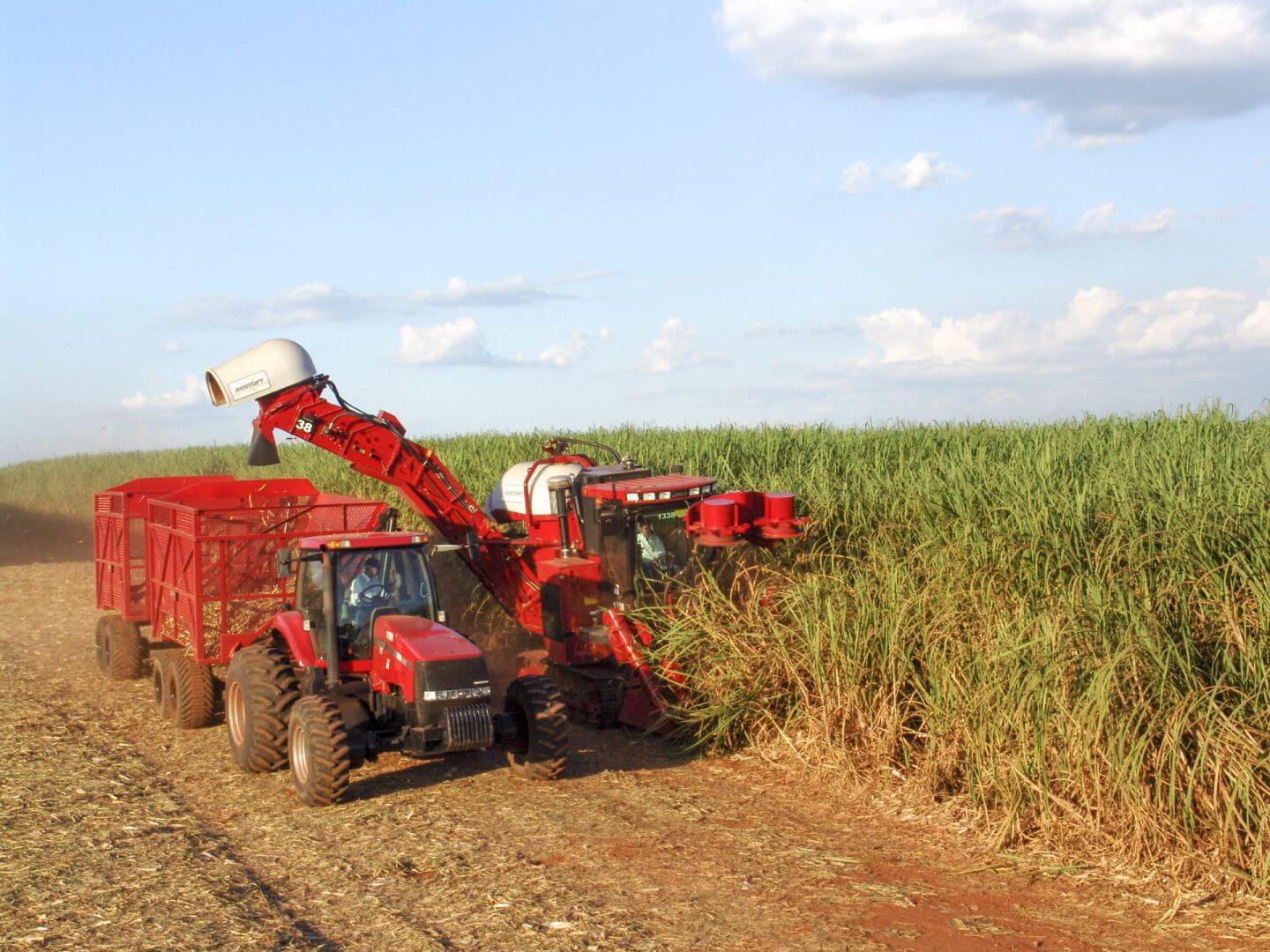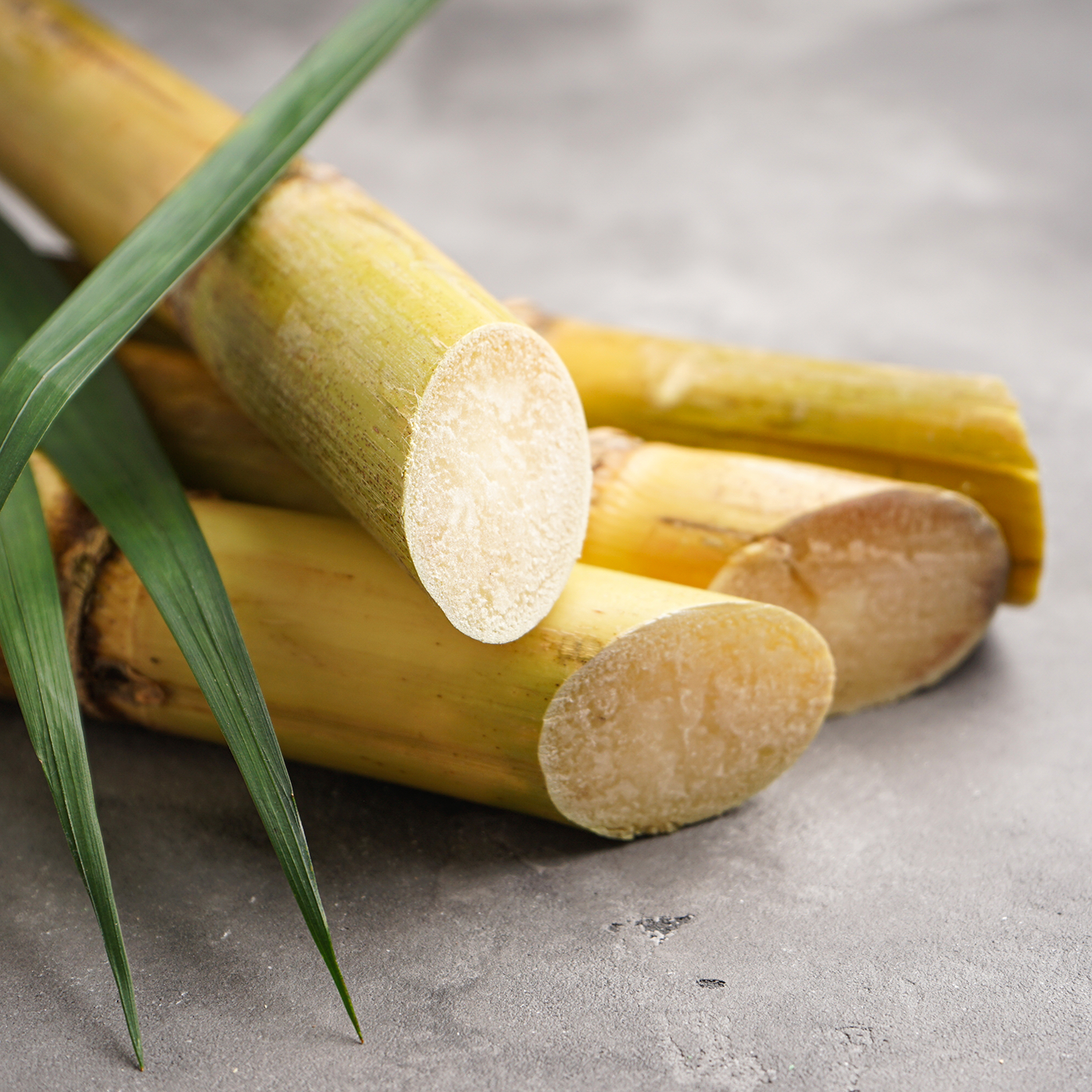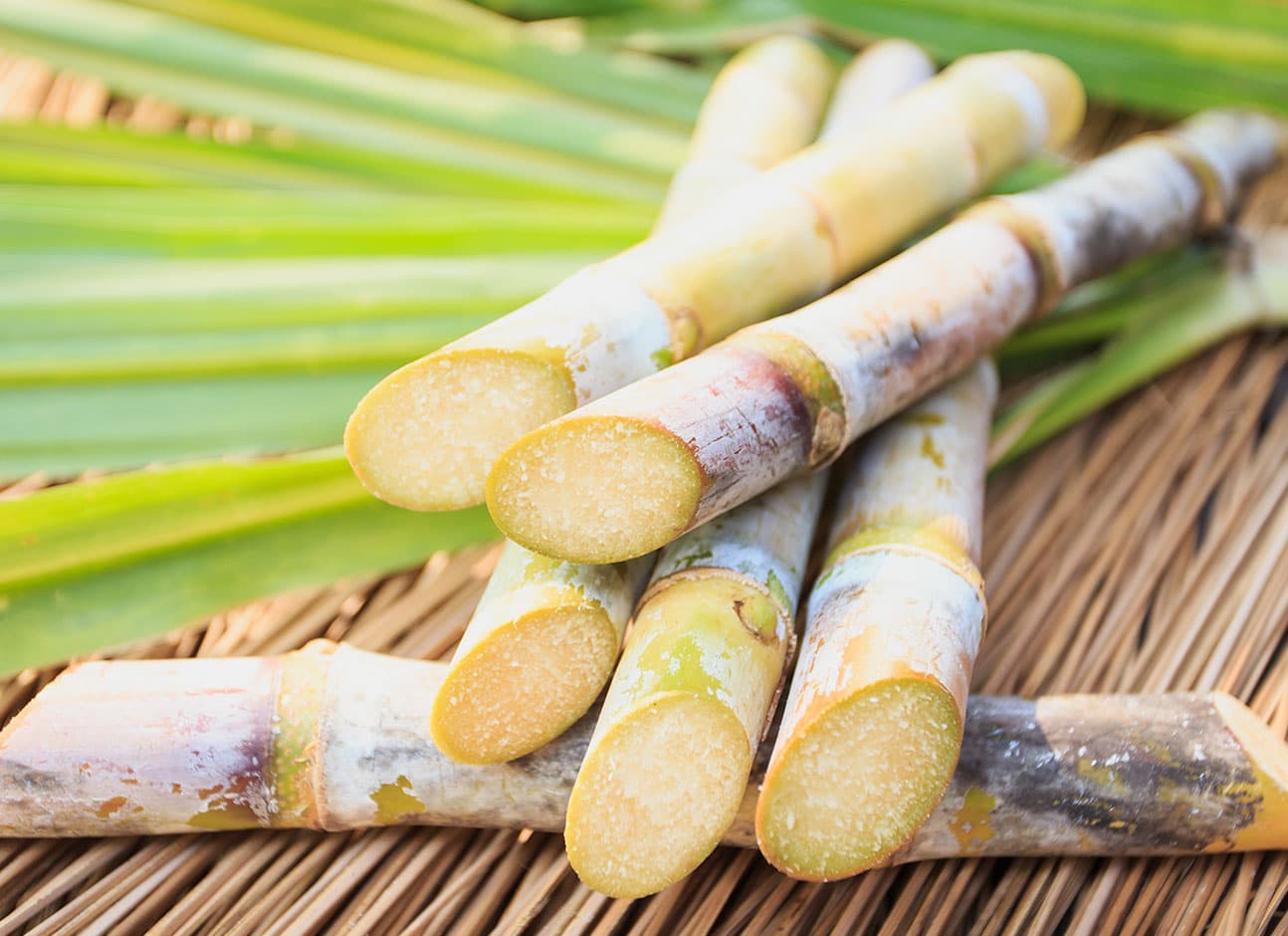Exploring What Are Sugar Canes Used For in Natural Wellness Products
All Regarding Sugar Canes: What Are Sugar Canes Used For and Their Function in Global Agriculture?
Sugar walking canes act as a foundation of global farming, primarily acknowledged for their duty in sugar production. They likewise add to the production of byproducts like molasses and ethanol. These aspects not only sustain various markets yet also influence economic security in rural areas. The cultivation of sugar walking canes faces substantial environmental difficulties. Comprehending their complex role triggers additional expedition right into their agricultural practices and sustainability initiatives.
The Agricultural Process of Sugar Walking Cane Cultivation
Sugar walking stick growing may vary by area, the essential farming procedure remains constant. The primary step involves selecting high-yielding ranges appropriate for neighborhood climates. Preparation of the soil is vital, usually calling for tillage and the addition of fertilizers to improve fertility. Growing normally takes place during the wet period, with farmers making use of either whole stalks or cuttings to establish new crops.As the plants expand, they require diligent treatment, including weed control, insect administration, and irrigation, depending on the environmental conditions. Farmers check the sugar walking cane's development cycle, which usually spans 10 to 24 months, before harvesting. Harvesting is labor-intensive, frequently conducted manually or with specialized machinery, making certain marginal damages to the stalks. Complying with harvest, the cane is transported to refining centers. This precise cultivation procedure not only supports neighborhood economic situations however likewise plays a significant duty in worldwide farming practices, adding to food and power supplies.
Sugar Production: From Cane to Crystal
The journey of sugar manufacturing begins the moment fresh collected sugar walking cane gets to processing centers. The primary step entails washing and cutting the cane to prepare it for extraction. Making use of high-pressure rollers, the juice is drawn out from the crushed walking stick, causing a wonderful liquid called sugarcane juice. This juice undertakes information, where pollutants are removed via the addition of lime and heat.Next, the made clear juice is focused by boiling it down to develop a thick syrup. This syrup is then crystallized by cooling, making it possible for sugar crystals to form. The taken shape sugar is divided from the continuing to be syrup, referred to as molasses, through centrifugation.Finally, the sugar crystals are washed and dried, leading to the acquainted granulated sugar (What Are Sugar Canes Used For). This process changes raw sugar walking stick right into a product that is indispensable to different cooking and industrial applications, highlighting the relevance of sugar in global farming
Biofuels and Sugar Canes: A Lasting Future
As the globe progressively looks for lasting energy options, sugar canes have actually become a promising resource for biofuels. The biomass originated from sugar walking sticks can be exchanged ethanol, a sustainable gas option that markedly decreases greenhouse gas emissions compared to fossil fuels. This procedure not just offers a cleaner energy source yet additionally promotes energy freedom for many countries.In addition, sugar cane farming sustains rural economies by producing jobs in both farming and biofuel manufacturing sectors. Using sugar walking sticks for biofuel manufacturing additionally urges farming diversity, which can improve soil health and wellness and decrease dependency on solitary plants. Furthermore, the spin-offs of sugar walking cane handling can be made use of for electrical energy generation, in addition adding to a lasting power cycle. As countries endeavor to satisfy sustainable energy targets, sugar canes are positioned to play an important role in shaping a more sustainable future in the biofuel landscape.

The Role of Sugar Canes in Beverage Production
Sugar canes play a significant role in drink manufacturing, acting as a main component in rum and contributing to the sweet taste of many soft drinks. In addition, their natural juices are utilized in numerous beverages, enhancing flavor and charm. This convenience highlights the relevance of sugar walking canes in the international beverage sector.
Sugar Walking Cane in Rum
Rum manufacturing is elaborately linked to the farming of sugar walking stick, a necessary crop that provides the essential fermentable sugars needed for fermentation. This procedure begins with the removal of juice from gathered sugar canes, which is then either fermented straight or processed right into molasses. Yeast is included in transform the sugars into alcohol, causing a diverse series of rum designs, from light to dark varieties. The geographical area where the sugar cane is grown substantially influences the flavor account of the rum, with elements such as dirt type and environment having fun important roles. Countries like Barbados, Jamaica, and Cuba are renowned for their rum manufacturing, reflecting the historical and social relevance of sugar cane within the worldwide beverage sector.
Soft Drinks Sweetener Source

All-natural Juice Production Makes Use Of
In enhancement to its substantial duty in soft beverage manufacturing, sugar walking stick is likewise critical in the natural juice market. this website The juice extracted from sugar walking stick, called walking cane juice, is commemorated for its natural sweetness and distinct taste profile. This juice is frequently taken in fresh in various areas, especially in tropical nations, where it is appreciated as a renewing beverage. Furthermore, cane juice works as a base active ingredient in a variety of natural fruit juices and smoothies, improving both taste and dietary value. Its all-natural homes make it an appealing alternative to sweetening agents, attracting health-conscious consumers. On the whole, sugar walking stick's versatility in juice production underscores its value in modern drink offerings worldwide.
Innovations in Sugar Walking Stick Byproducts
Developments in sugar walking cane byproducts are leading the way for sustainable remedies in different sectors. Biofuels originated from sugar walking cane provide an alternative power resource, while developments in lasting packaging are decreasing dependence on traditional products. These growths highlight the flexibility and possibility of sugar cane beyond its main usage in beverage production.
Biofuels From Sugar Walking Cane
Exactly how can the byproducts of sugar cane add to lasting energy options? The conversion of sugar walking cane into biofuels presents an appealing opportunity for renewable resource. By utilizing the fibrous residue, understood as bagasse, manufacturers can generate bioethanol through fermentation procedures. This bioethanol can serve as a sustainable alternative to nonrenewable fuel sources, decreasing greenhouse gas emissions and reliance on non-renewable sources. In addition, molasses, another byproduct, can be fermented to create biofuels, making best use of resource performance. The energy created from sugar walking cane not just offers a cleaner gas source yet additionally enhances the general economic feasibility of sugar manufacturing. By integrating biofuel production into their operations, sugar walking cane industries can play a vital function beforehand sustainable energy remedies globally.
Lasting Product Packaging Solutions
Sustainable packaging solutions are increasingly being created from sugar walking cane by-products, showcasing the adaptability of this agricultural web staple. Developments such as biodegradable plastics stemmed from bagasse, the coarse residue left after juice extraction, are obtaining grip. These materials offer an eco-friendly choice to standard plastics, lowering dependence on nonrenewable fuel sources and lowering carbon impacts. Additionally, sugar cane-based packaging is compostable, breaking down naturally without damaging the setting. Firms are currently exploring these choices to align with consumer need for sustainability. As understanding of plastic pollution expands, the adoption of sugar cane-derived product packaging is anticipated to increase, placing sugar walking canes as a key player in the shift to greener packaging remedies in numerous sectors.
Economic Effect of Sugar Walking Stick Farming

Although sugar walking cane farming has deep origins in lots of economies, its economic effect expands far beyond farming manufacturing. This crop functions as a significant income for millions of farmers worldwide, specifically in establishing nations where agriculture is a primary resources. Sugar walking stick adds to local economic climates with job development in growing, harvesting, and processing. The market likewise stimulates development in associated sectors such as transportation, devices manufacturing, and food processing.Furthermore, sugar walking stick is a key player in international trade, affecting international markets and prices. Nations that produce sugar walking stick often count on exports to boost their economic stability. The byproducts of sugar walking cane, such as ethanol and molasses, branch out earnings streams for farmers and add worth to the agricultural market. In general, the financial ramifications of sugar walking cane farming are profound, affecting not only farmers but likewise nationwide economic situations and whole areas.
Environmental Factors To Consider in Sugar Cane Growing
While sugar walking stick farming plays an essential duty in many economic climates, it likewise increases substantial Read Full Report environmental issues that can not be forgotten. The considerable use plant foods and chemicals in sugar walking stick cultivation commonly leads to soil degradation and water air pollution. Drainage from these chemicals can infect neighboring water bodies, harming water ecosystems. Furthermore, the monoculture methods prevalent in sugar walking cane farming minimize biodiversity, making environments a lot more susceptible to bugs and diseases.Deforestation is an additional important issue, as land is usually gotten rid of to make way for sugar vineyards, bring about habitat loss for wild animals and raised carbon discharges. The high water consumption required for sugar cane watering can stress neighborhood water resources, particularly in dry regions. As worldwide demand for sugar remains to rise, attending to these environmental difficulties comes to be vital to assure sustainable practices in sugar walking cane farming.
Regularly Asked Inquiries
What Are the Nutritional Perks of Sugar Walking Stick?
The dietary advantages of sugar cane mostly include its high carbohydrate material, providing energy. In addition, it has vitamins, minerals, and anti-oxidants that may sustain general health and wellness, though moderation is important as a result of its sugar content.
Just How Does Sugar Cane Affect Local Ecosystems?
Sugar walking cane farming can greatly affect neighborhood ecological communities by altering land use, impacting biodiversity, and needing significant water resources. Additionally, it might cause dirt degradation and chemical drainage, disrupting surrounding environments and wild animals populations.
What Is the History of Sugar Cane Growing?

Are There Alternatives to Sugar Walking Cane for Sugar Manufacturing?
Alternatives to sugar cane for sugar manufacturing consist of sugar beetroots, corn, and various exotic plants like sorghum and agave (What Are Sugar Canes Used For). These plants use varied sources of sweetness, each with distinctive farming needs and ecological influences
How Do Weather Patterns Influence Sugar Cane Yields?
Climate patterns substantially affect sugar cane returns through temperature level fluctuations, rains quantities, and seasonal cycles. Drought or extreme rainfall can hinder development, while optimal conditions improve photosynthesis, ultimately impacting the quantity and quality of the harvest. The journey of sugar production starts the moment fresh harvested sugar cane shows up at processing centers. The taken shape sugar is separated from the staying syrup, known as molasses, via centrifugation.Finally, the sugar crystals are cleaned and dried out, resulting in the acquainted granulated sugar. Rum manufacturing is intricately linked to the growing of sugar cane, an essential crop that offers the essential fermentable sugars required for fermentation. In addition, the monoculture techniques common in sugar cane farming lower biodiversity, making environments extra at risk to parasites and diseases.Deforestation is an additional essential problem, as land is frequently cleared to make method for sugar vineyards, leading to environment loss for wildlife and enhanced carbon emissions. Alternatives to sugar walking stick for sugar manufacturing include sugar beets, corn, and numerous exotic plants like sorghum and agave.